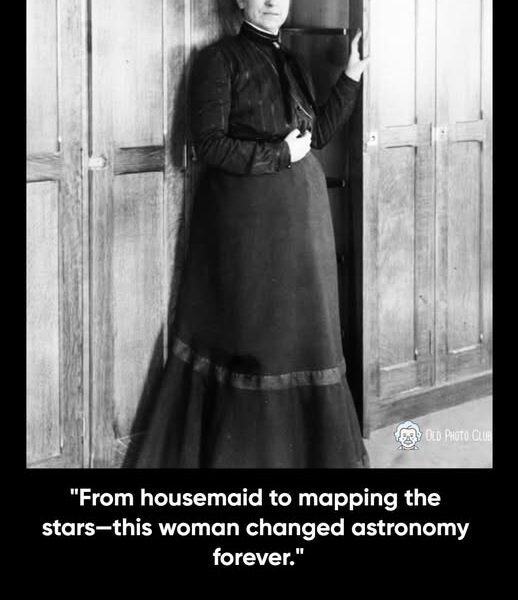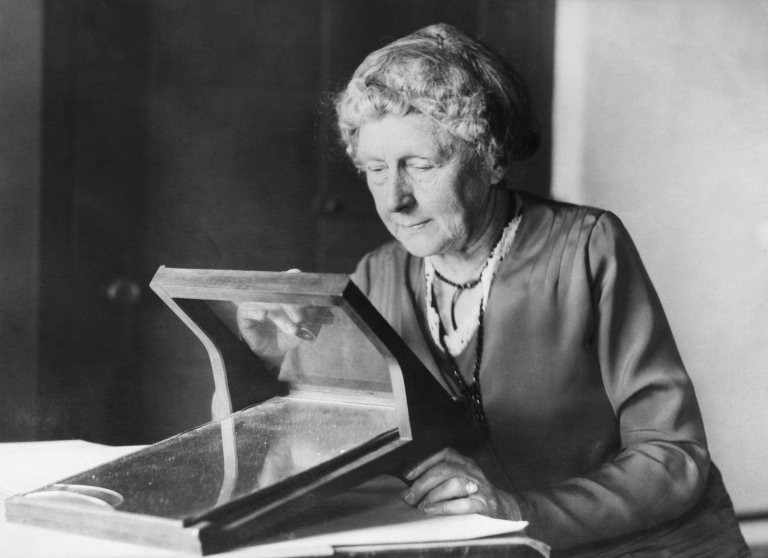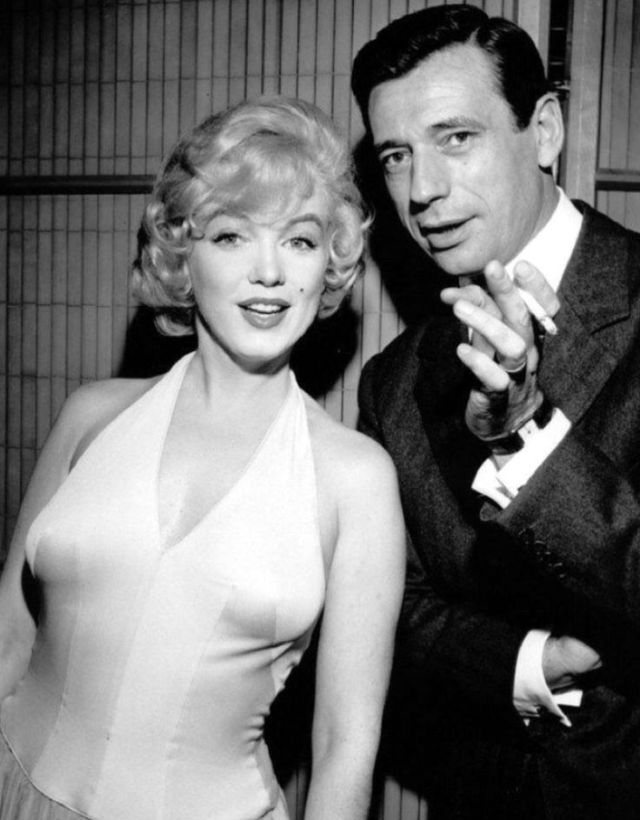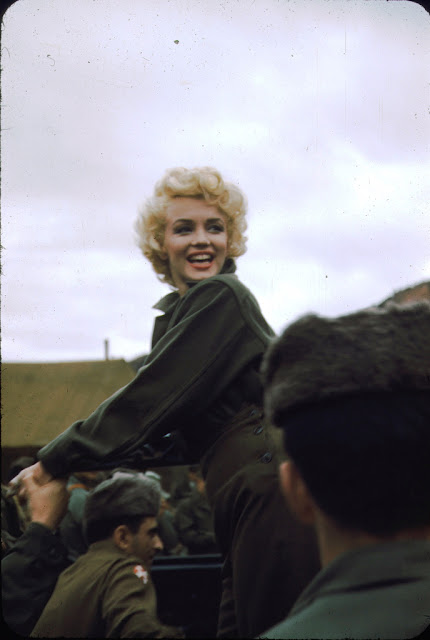Williamina Fleming: The Housemaid Who Mapped the Stars and Changed Astronomy Forever
On a cold January morning in 1857 in Dundee, Scotland, Williamina Paton Stevens Fleming was born. No one could have foreseen that this young girl, raised in modest surroundings far from the academic halls of science, would one day transform the world of astronomy. Her life’s journey—marked by hardship, resilience, and brilliance—remains one of the most inspiring stories in the history of science.
At just fourteen years old, Williamina became a schoolteacher, already displaying a rare intelligence and determination. By the age of twenty, she married James Orr Fleming and soon after emigrated to America. But her marriage collapsed almost instantly. Abandoned by her husband while pregnant with their first child, she found herself alone in a foreign land, responsible for a newborn and without financial support.
To survive, she took work as a maid for Edward Charles Pickering, the director of the Harvard College Observatory. It was a role that seemed far removed from the stars—but fate had something extraordinary in store.
Frustrated with the performance of his male assistants, Pickering famously exclaimed, “My Scottish maid could do better!” In 1881, he put his statement to the test, offering Williamina a position at the observatory.
What began as a desperate attempt at employment became the turning point not only of her life but of modern astronomy.
Williamina Fleming became the first member of the now-legendary group of women known as the Harvard Computers. Working meticulously with glass photographic plates, she analyzed the faint light of the cosmos, charting and classifying thousands of stars at a time when women were largely excluded from the sciences.
Her patience and precision led to extraordinary achievements:
-
She classified over 10,000 stars, laying the foundation for stellar cataloging.
-
She discovered 10 novae, 59 gaseous nebulae, and over 300 variable stars, opening new frontiers in astrophysics.
-
Most significantly, she developed a system for organizing stars by the strength of their hydrogen lines. This became the Harvard Classification System, the cornerstone of modern stellar astronomy still used by scientists today.
At a time when women were expected to remain in the domestic sphere, Williamina’s accomplishments were nothing short of revolutionary. She rose through the ranks at Harvard, eventually becoming the Curator of Astronomical Photographs—the first woman to hold such a title.
In 1906, the Royal Astronomical Society of London named her an honorary member, the first American woman to receive this honor. She proved, against all odds, that brilliance knows no gender, no social class, and no limitation.
Williamina Fleming’s story is not only about astronomy. It is about resilience, the power of intellect, and the courage to rise above circumstances. She began her life as a housemaid, but through perseverance and genius, she ended as a pioneer of astrophysics.
Her work continues to influence the study of stars, galaxies, and the structure of the universe. Every time scientists classify a star today, they are building upon the system she helped create.
In an era when women still fight for equal opportunities in STEM fields, Williamina’s journey remains a beacon of inspiration. Her life teaches us:
-
Greatness can rise from the most unexpected places.
-
Adversity can ignite brilliance.
-
Determination can break barriers and redefine history.
From the housemaid’s quarters to the vast expanse of the night sky, Williamina Fleming’s story reminds us that no dream is too distant, and no star is too far to reach.






